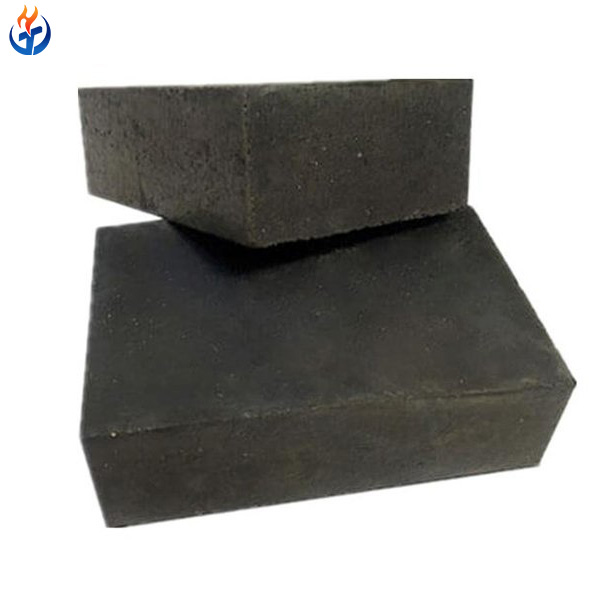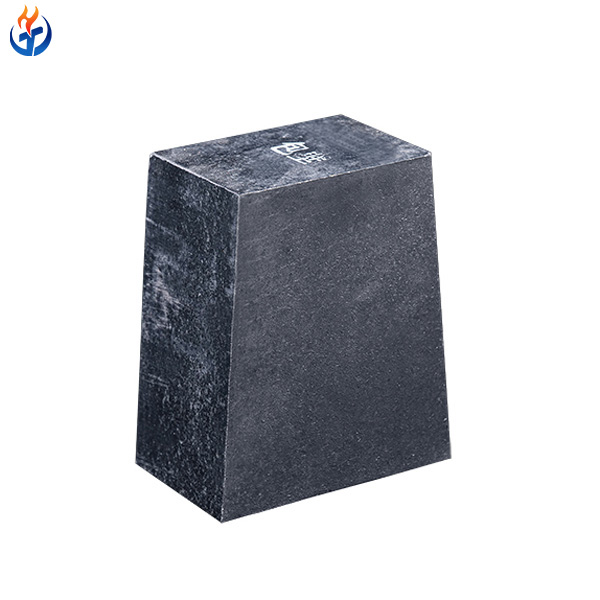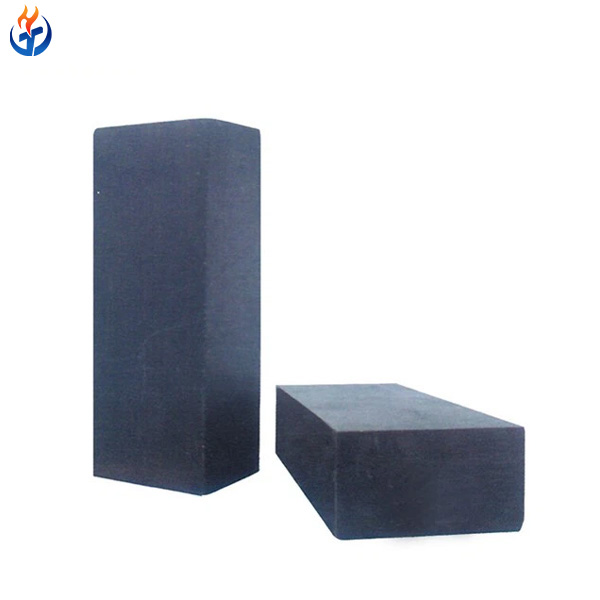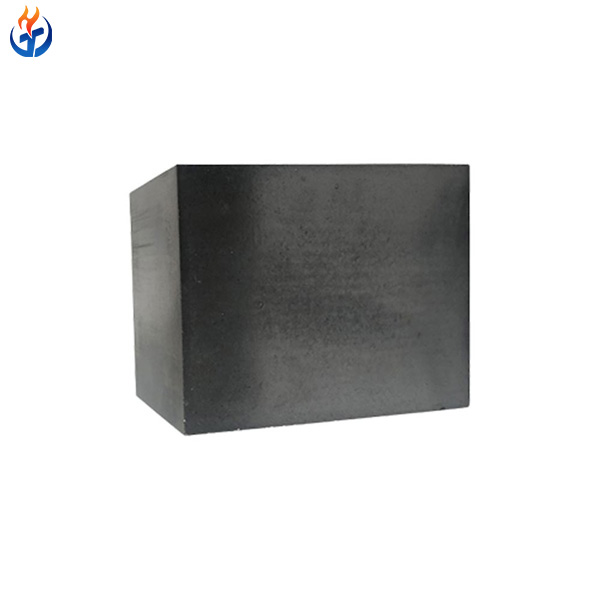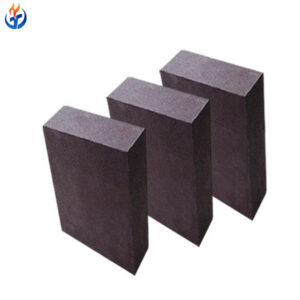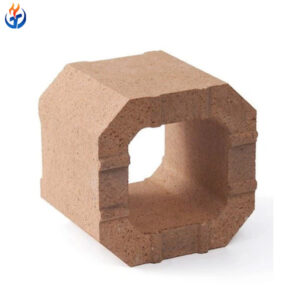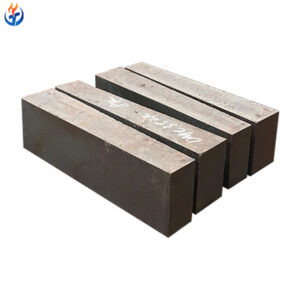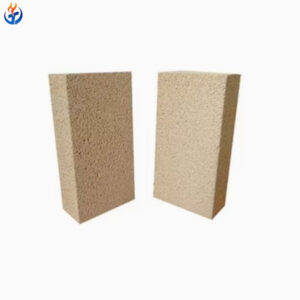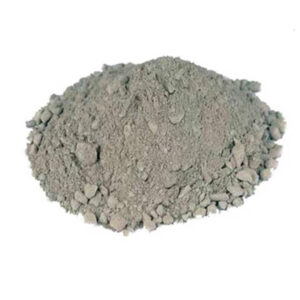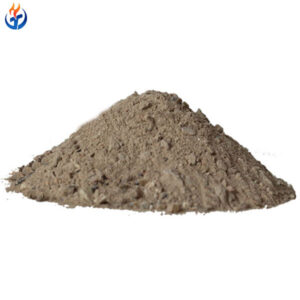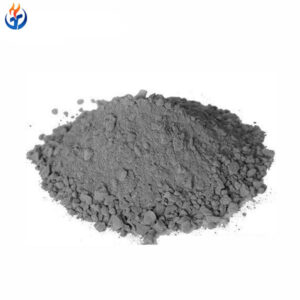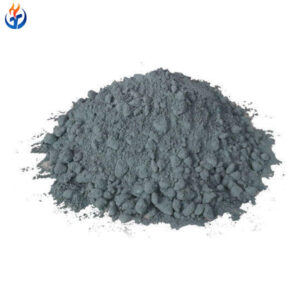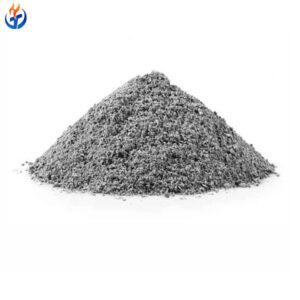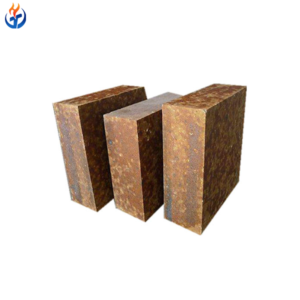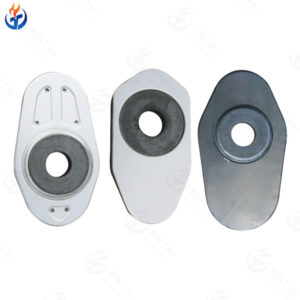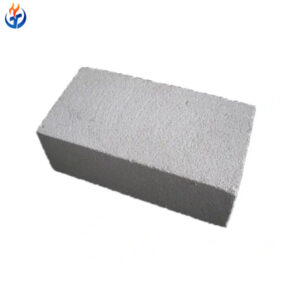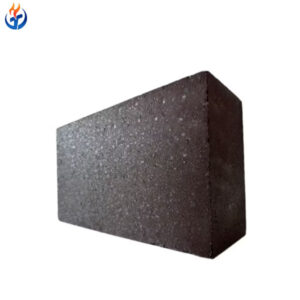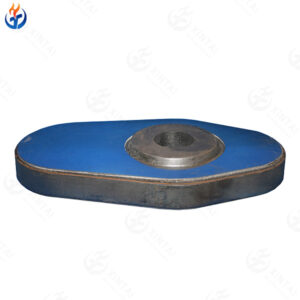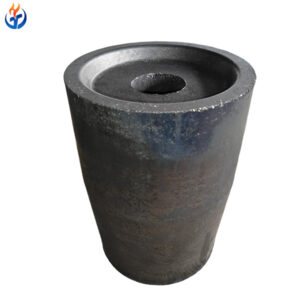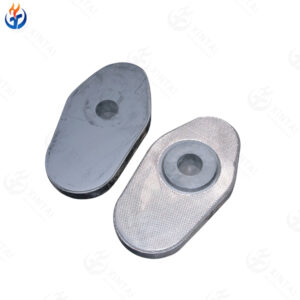Alumina Magnesia Carbon Brick is a premium refractory material designed for the steel industry, particularly in refining ladles, converters, and slag line areas. Manufactured from high-purity alumina (Al₂O₃), magnesia (MgO), and high-quality flake graphite, these bricks feature excellent resistance to molten steel and slag erosion, outstanding thermal shock stability, and high-temperature strength. Compared with clay or high alumina bricks, alumina magnesia carbon bricks provide longer service life, smoother lining surfaces, and greater reliability in demanding steelmaking environments.
Technical Specifications
| Parameter | Value |
|---|---|
| Brand | Xintai Refractory |
| Material Composition | Alumina (Al₂O₃), Magnesia (MgO), Flake Graphite |
| Al₂O₃ Content | ≥ 70–80% |
| MgO Content | ≥ 8–15% |
| Fixed Carbon | ≥ 8–15% |
| Bulk Density | 2.9–3.1 g/cm³ |
| Cold Crushing Strength | ≥ 40–60 MPa |
| Apparent Porosity | ≤ 6–10% |
| Thermal Conductivity | ~64 W/(m·K) |
| Maximum Service Temperature | ≥ 1700–1750°C |
| Linear Change on Heating | Expansion rate ≥ 0.5% at 1500°C × 3h |
| Standard Size | 230×114×65 mm / Custom sizes available |
Key Features
Excellent slag resistance and corrosion resistance
High mechanical strength and density
Outstanding thermal shock resistance and structural stability
Smooth lining surface after service, reducing brick joint erosion
Low porosity with superior resistance to molten steel penetration
Extended ladle campaign life and reduced maintenance costs
Typical Applications
Refining ladle safety lining
Ladle bottom impact zone
Slag line areas in ladles and converters
Working lining of steelmaking furnaces
Secondary refining equipment (LF, BOF, EAF)
Production Details
Our alumina magnesia carbon bricks are manufactured with high-purity raw materials, advanced mixing and forming technology, and strict quality control. The controlled addition of flake graphite ensures enhanced thermal conductivity and resistance to slag infiltration. Firing and sintering processes are optimized to form in-situ spinel, which improves structural integrity and high-temperature performance. Each batch undergoes rigorous physical and chemical testing to ensure consistency and reliability.
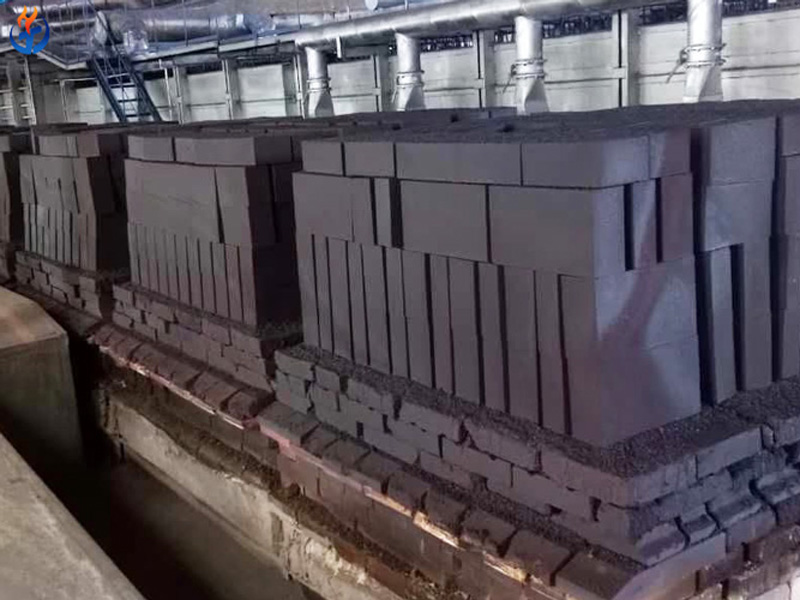
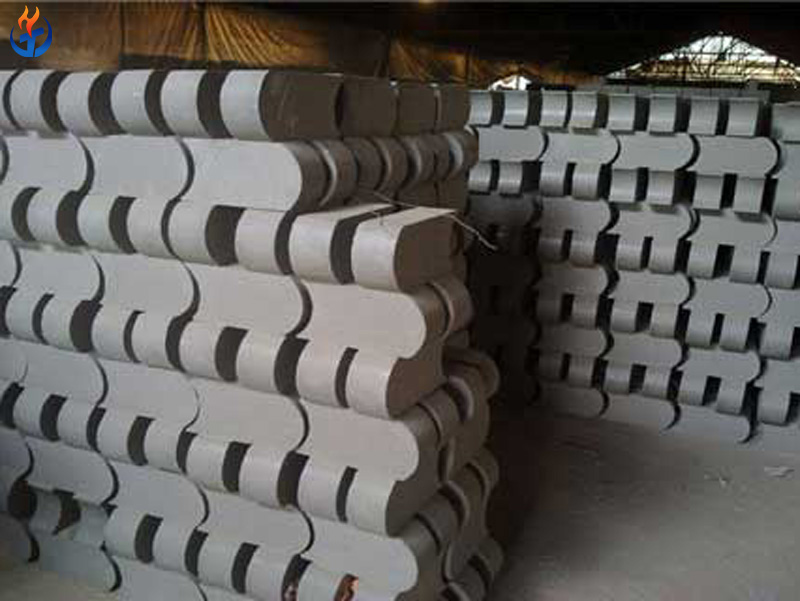
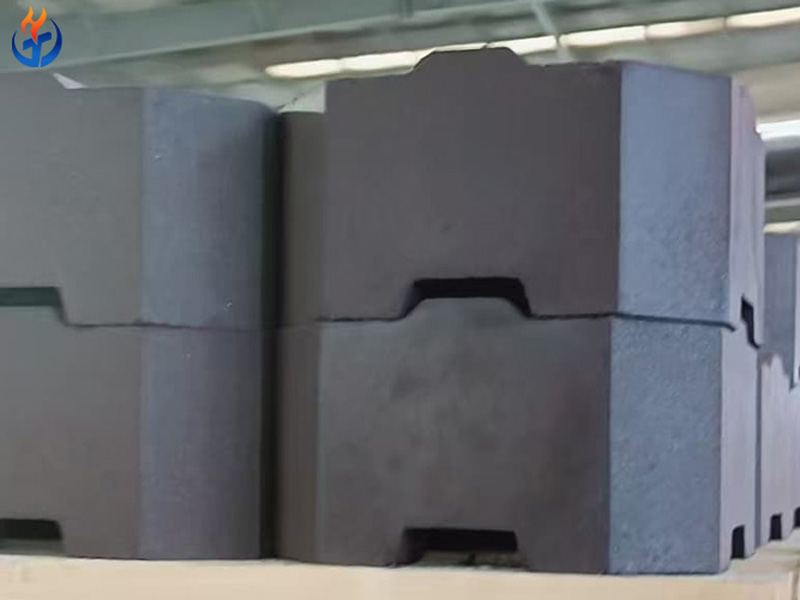
Packing and Shipping Details
Packing: Standard export wooden pallets with waterproof wrapping and reinforced steel straps
Protection: Each pallet covered with protective film to prevent moisture absorption during transport
Shipping: Available by sea, land, or air; flexible delivery options according to customer requirements
Customization: Packing methods can be adjusted to suit specific project needs
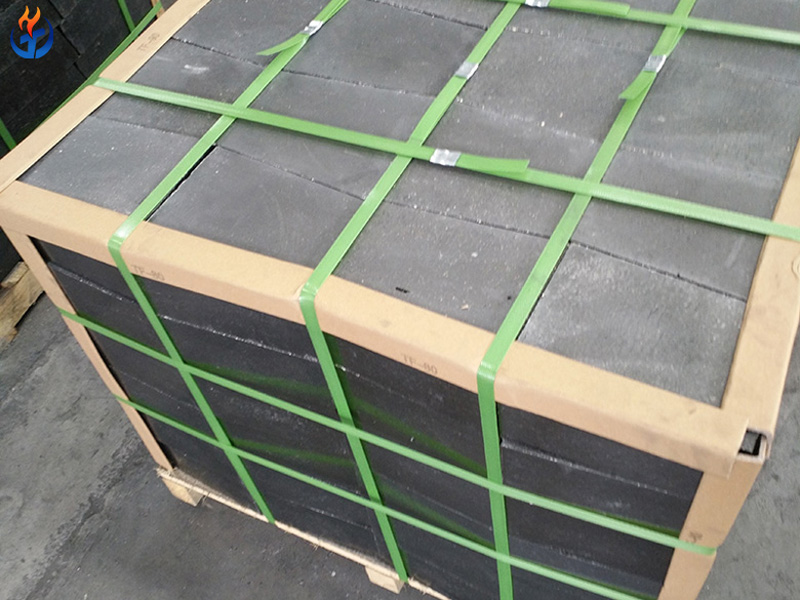

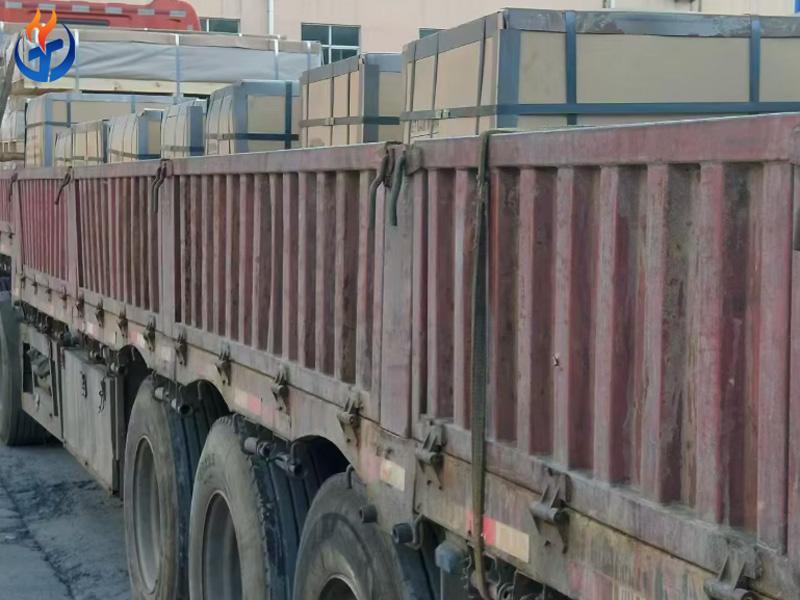
Frequently Asked Questions (FAQ)
Q1: What is the main advantage of alumina magnesia carbon bricks compared with clay bricks?
They offer longer service life, higher strength, better slag resistance, and smoother lining surfaces, making them more suitable for modern steelmaking.
Q2: Can the size and shape of the bricks be customized?
Yes, besides standard sizes, we provide custom dimensions and shapes according to ladle design and customer requirements.
Q3. How do alumina magnesia carbon bricks improve ladle life?
Their high density, low porosity, and in-situ spinel formation reduce erosion and penetration, extending ladle service cycles significantly.
Q4: What industries mainly use alumina magnesia carbon bricks?
They are mainly used in the iron and steel industry, especially in refining ladles, converters, and secondary refining furnaces.
Q5: Do you provide technical support for installation?
Yes, we can provide guidance on masonry methods, mortar selection, and overall refractory solutions for steel plants.

